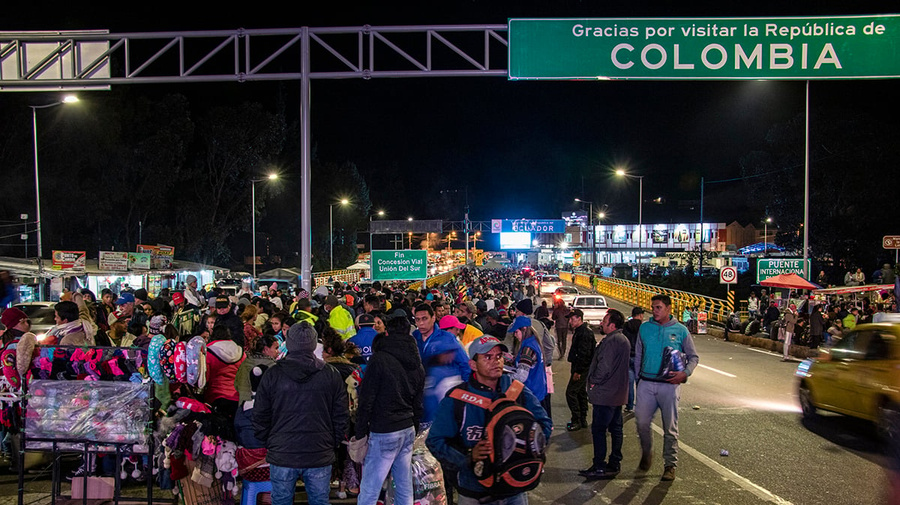History of UNHCR
History of UNHCR

In 1956, during the Hungarian Revolution, 200,000 fled to neighbouring Austria. Recognizing the Hungarians as 'prima facie' refugees, UNHCR led efforts to resettle them. This uprising and its aftermath shaped the way humanitarian organizations would deal with refugee crises in the future.
During the 1960s, the decolonization of Africa produced the first of that continent's numerous refugee crises. We also helped uprooted people in Asia and Latin America over the following two decades. In 1981, we received a second Nobel Peace Prize for what had become worldwide assistance to refugees.
The start of the 21st century has seen UNHCR help with major refugee crises in Africa, the Middle East and Asia. We have also been asked to use our expertise to help many internally displaced by conflict and expanded our role in helping stateless people. In some parts of the world, such as Africa and Latin America, the 1951 Refugee Convention has been strengthened by additional regional legal instruments.
UNHCR now has more than 17,324 personnel. We work in a total of 135 countries and our budget, which in its first year was US$300,000, grew to US$8.6 billion in 2019.
In 2020, we marked our 70th anniversary. During our lifetime, we have helped well over 50 million refugees to successfully restart their lives.

